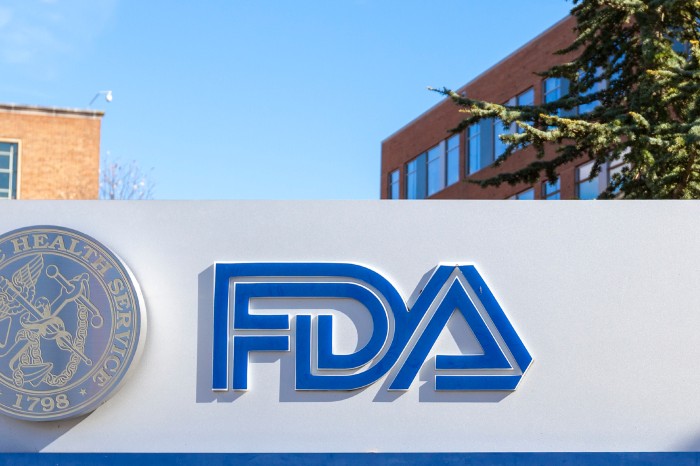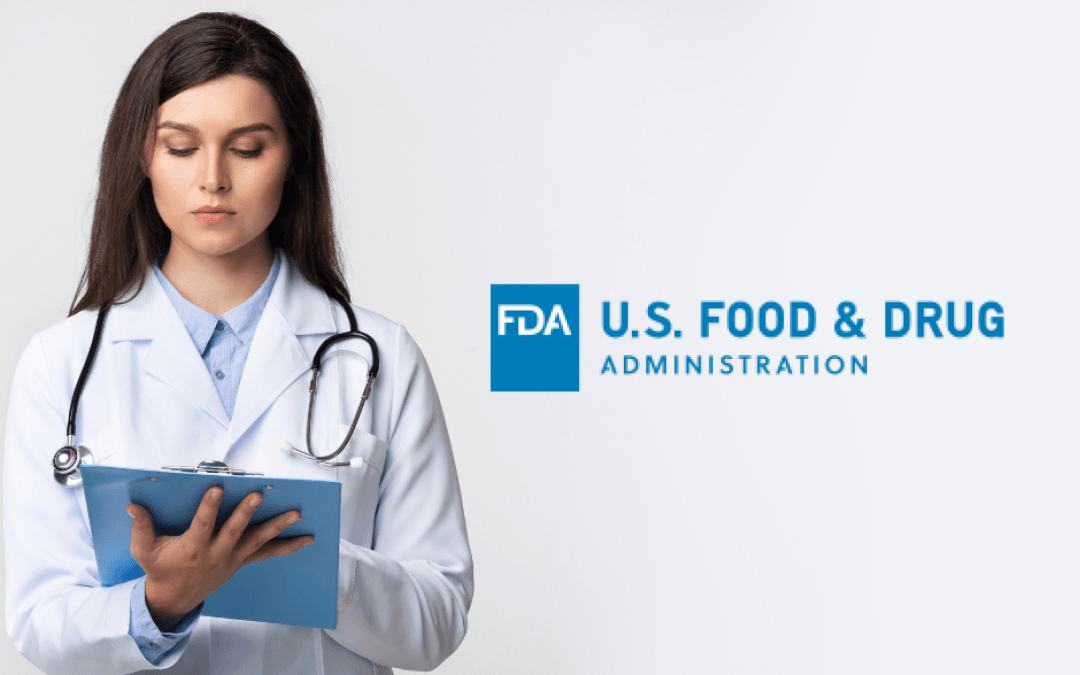The new article highlights the aspects related to how an applicant should submit requests for feedback and explains the approach to be applied with respect to combination products.

Table of Contents
The Food and Drug Administration (FDA or the Agency), the US regulating authority in healthcare products, has published an updated guidance document dedicated to the requests for feedback and meetings for medical device submissions under the Q-Submission program. The document provides additional clarifications regarding the applicable regulatory requirements and recommendations to be considered by medical device manufacturers to ensure compliance thereto. The approach described in the guidance is intended to facilitate and streamline the regulatory procedures associated with placing new medical devices on the US market by allowing the parties responsible for new products to obtain feedback from the authority before the actual submission. The authority expects this to improve the quality of submissions, reducing the review efforts required to process them.
At the same time, it is important to mention that provisions of the guidance are non-binding in their legal nature, nor are they intended to introduce new rules or impose new obligations. Moreover, the authority explicitly states that an alternative approach could be applied, provided such an approach is in line with the existing regulatory framework. It has been agreed with the authority in advance.
Q-Submission Program: Overview
According to the guidance, the term “Q-Submission” or “Q-Sub” stands for the system used to track the collection of interactions between the authority and medical device manufacturer described in the guidance. In other words, the approach allows medical device manufacturers to share information with authority and obtain feedback outside the scope of formal submission procedures under the respective framework (e.g., IDE or IND). The authority actively cooperates with the manufacturers who decided to follow this approach to ensure the submission’s completeness. All the interactions under the Q-Submission program are voluntary and could occur at any stage of the total product life cycle, not only before the initial application for marketing approval has been submitted to the authority for review.
At the same time, the authority encourages the parties involved to consider carefully whether the Q-Submission program should apply in order to ensure the proper allocation of review resources and avoid confusion. For instance, in the case of several Q-Submissions planned, the authority encourages us to start with submitting the initial one, containing an overview of all the submissions and applicable timeframes. Furthermore, in case of multiple submissions related to the same product, their order should also be considered carefully, as sometimes it will be beneficial for the entire process to receive feedback on one submission before submitting another one. The scope of a submission should be limited to the main focus of the applicant in the context of a topic raised. Once the key matters are duly addressed, less important questions could be reviewed. It could be difficult for the authority to provide feedback on multiple submissions simultaneously as the responses may be related. Hence, medical device manufacturers are encouraged to initiate only one Q-Submission.
The authority additionally emphasizes that once the authority and the respective file have provided feedback on the submission is closed, such a submission cannot be withdrawn.
It is also important to mention that Q-Submissions are covered by the respective confidentiality requirements.
General Considerations
In order to assist medical device manufacturers in applying the approach described herein when requesting feedback from the FDA, the authority outlines general considerations retailed to the Q-Submission program.
For instance, the document describes the concept of a “related submission”: according to the guidance, many Q-Subs are followed by marketing submissions, IDEs, INDs, CWs, and/or supplementary Q-Sub interactions; these follow-on submissions are considered “related submissions” if they are for the same device and indications for use as the original Q-Sub. Thus, in order to ensure proper identification, the applicant should clearly indicate related Q-Submissions in the cover letter accompanying the related submission. Should the applicant fail to do so, the Q-Submissions initiated before will not be linked to the related submission, resulting in additional delays due to the authority determining its previous feedback. Apart from that, the related submissions should include a section that clearly references the previous communication(s) with FDA about the subject device (or similar device) and explains how any previous feedback has been addressed within the current submission; this discussion of previous feedback will streamline FDA review even if the submitter elects to address FDA feedback with alternative methods to those discussed during the previous interactions.
The document also highlights considerations related to combination products. According to the guidance, requests related to such products should be submitted to the lead center. Should the classification or center assignment need to be clarified or disputable, an RFD should be submitted to determine the lead center. The authority encourages proactive submission of the said requests for designation as it will save time in the future and facilitate the entire process. Once the lead center receives the request, its staff will notify the other center of the request received in accordance with the procedure.
Regarding timeframes, the authority intends to meet with the applicant within 75 calendar days from the date the request was received, while the authority will provide the initial written feedback by day 70 (before the meeting).
In summary, the present FDA guidance provides an overview of the introduced Q-Submission program to facilitate and streamline the review of submissions related to placing new medical devices on the market. The document also outlines the general considerations of the respective framework in the context of related submissions and combination products.
How Can RegDesk Help?
RegDesk is a holistic Regulatory Information Management System that provides medical device and pharma companies with regulatory intelligence for over 120 markets worldwide. It can help you prepare and publish global applications, manage standards, run change assessments, and obtain real-time alerts on regulatory changes through a centralized platform. Our clients also have access to our network of over 4000 compliance experts worldwide to obtain verification on critical questions. Global expansion has never been this simple.


